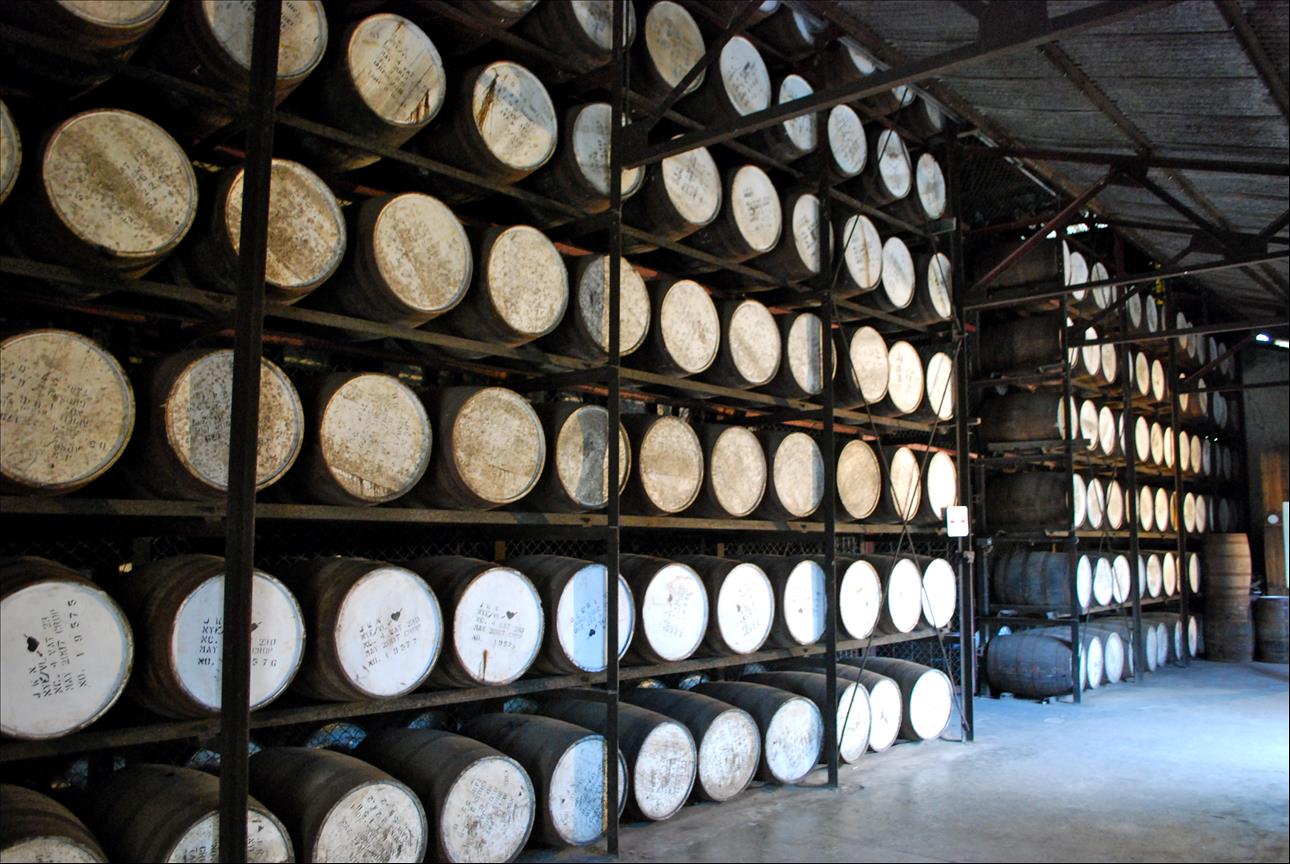Before Attending The Jamaica Rum Festival On June 25, 2022, Here's A Brief History Of Jamaican Rum
Rum being aged in oak barrels. Photo courtesy of Appleton Estate Jamaica Rum.
Molasses, the by product of sugar production which is fermented to produce rum. Photo courtesy of Appleton Estate Jamaica Rum.
Sugarcane. Photo Courtesy of Appleton Estate Jamaica Rum.
KINGSTON, JAMAICA , June 21, 2022 /EINPresswire.com / -- The Jamaica Rum Festival presented by Appleton Estate will be held at the Aqueduct, Rose Hall, Montego Bay on Saturday, June 25, 2022. The annual event is the place to be to fully experience the island's rich rum heritage, culture and history.
Jamaica is globally considered 'Rum Country' by discerning spirit connoisseurs. Our five local distilleries produce the widest variety of rum in the world—the type of variety that leaves Jamaica awash in rum medals year after year. Our mighty little island is capable of producing 50 million litres of the clear and golden hued liquid annually, 80% of which is exported to 70 countries worldwide. This by-product of sugar production has grown over the years to become one of the leading exports of Jamaica.
What often gets forgotten when speaking about rum production, however, is the amount of craft and care that goes into creating each ounce of this beloved spirit.
The British, who captured Jamaica from the Spaniards in 1655, hastily formed sugar plantations, hoping to compete with sugar imports from the East Indian Trading Company in the British and European markets. During these days of harvesting sugarcane, slaves in the Caribbean discovered molassess, a byproduct of sugar production. They found it could be fermented to produce a very rough, yet potent substance for drinking. Thus, rum was born.
At its inception, rum was hardly palatable. Over time, however, creative local distilleries found ways to mellow the taste, add body and flavours, turning the accidental discovery into sipping pleasure.
Labourers across Jamaica adopted the spirit as their own and the love of rum unfurled its warm embrace, first among the working classes and then in later years, to include the pirates of Port Royal. By the early 1800's, rum was a staple of Jamaican life, enjoyed by both upper and lower classes, so much so that by 1893, there were 148 rum distilleries operating across the island.
Although each distillery has their own secrets to producing their signature blends, all rum production begins with molasses. This thick syrup is boiled until it crystallises, then it is allowed to ferment with the help of yeast. Light-bodied rums are inoculated by cultured yeast. Darker, full-bodied rums are a product of“wild” fermentation. This means the rums are enhanced by natural yeast found in the air and raw materials.
The subsequent 'wash' is left with approximately 6% alcohol. Once distilled, it produces a rough, colourless liquid with a harsh taste that contains 80% alcohol. For clear rums, a distiller would add water to this solution until it levels at 40% alcohol.
Golden Jamaican rums require a bit more finesse. They are derived from aging the original clear solution in oak casks called puncheons. Over time, this clear liquid absorbs the liquid in the oak, creating a transparent, golden hue, and replacing the harsh taste with a smoother, woody timber. Now the rum is ready to be distilled.
Darker Jamaican rums are a bit more technical. First, a rum producer will ferment some flavours of choice in the molasses to create a unique, one-of-kind taste and enhance the rum's aroma. Once this process is complete, the molasses undergoes the usual practice of“wild” fermentation to create the 'full-bodied' taste. The liquid is then placed in different sized puncheons for various lengths of time, to mature.
Once desired maturation is reached, the liquid is distilled between 140° and 160° proof in pot stills, a process that dates back to 17th century Jamaican distilleries.
Each blend is a result of careful craftsmanship, honed over two-and-a-half centuries of experimentation. Each brand of Jamaican rum presents different flavour profiles according to the 'terroir'—the soil and weather conditions present where the sugar cane is grown. Jamaican distilleries also have special processes of choosing the sugar cane used to produce molasses that will eventually become rum. They then use their time-honoured secrets to create their own unique flavours and alter the process of distillation in ways they wouldn't dare share with us.
The Jamaican Rum producers like Appleton Estate, the oldest rum-producing distillery in Jamaica, know the importance of this liquid to the Jamaican people and the world undertake this task with careful creativity and due reverence. They are innovators, stewards of our rum legacy and true artisans. With a glass of our favourite Jamaican Rum raised high, we toast to them.
Purchase your tickets to the Jamaica Rum Festival at .
Vanassa Metzger
Mystique Integrated Services Limited
+1 876-858-0357
email us here

Legal Disclaimer:
MENAFN provides the
information “as is” without warranty of any kind. We do not accept
any responsibility or liability for the accuracy, content, images,
videos, licenses, completeness, legality, or reliability of the information
contained in this article. If you have any complaints or copyright
issues related to this article, kindly contact the provider above.
Most popular stories
Market Research

- Stratx Launches Compliance-Aware Routing Protocol For Stablecoins, Rwas, And Cross-Border Settlement
- Japan Shrimp Market Predicted To Hit USD 7.8 Billion By 2033 CAGR: 2.62%
- Daytrading Publishes New Study On The Dangers Of AI Tools Used By Traders
- With Seal, Walrus Becomes The First Decentralized Data Platform With Access Controls
- B2PRIME Secures DFSA Licence To Operate From The DIFC, Setting A New Institutional Benchmark For MENA & Gulf Region
- Innovation-Driven The5ers Selects Ctrader As Premier Platform For Advanced Traders






















Comments
No comment